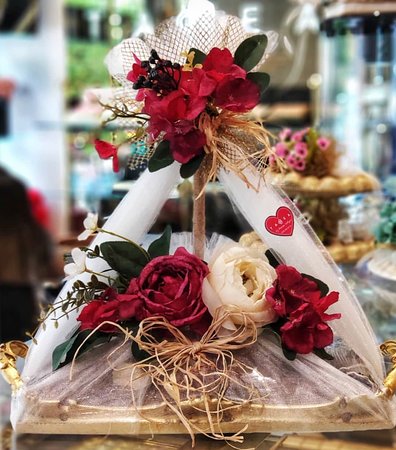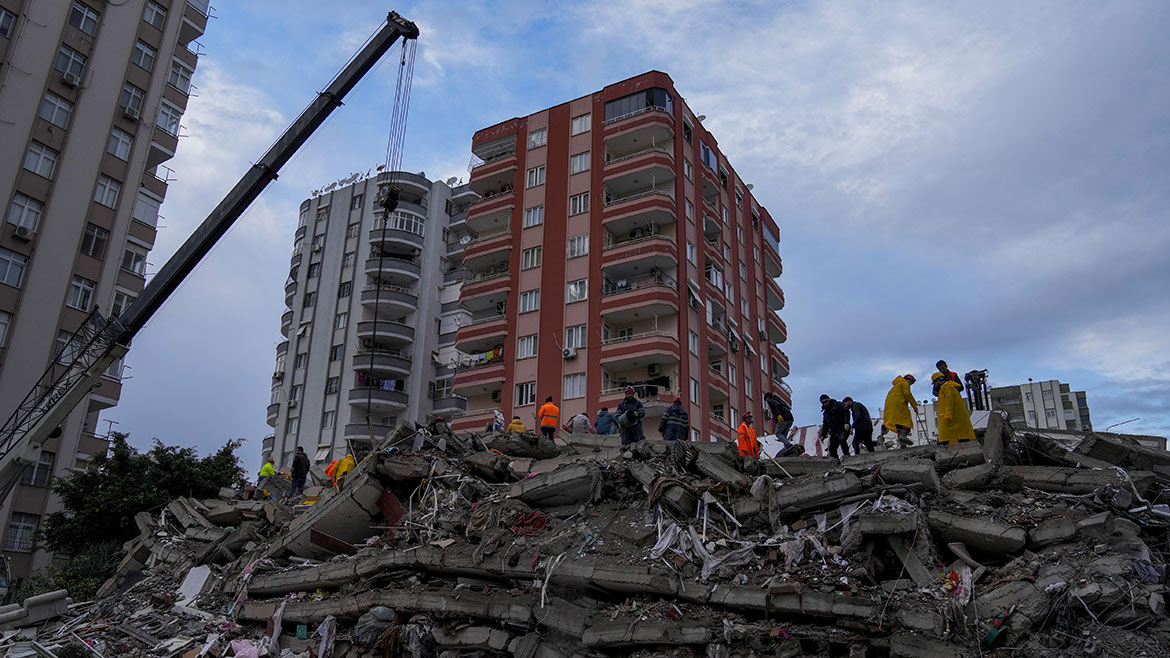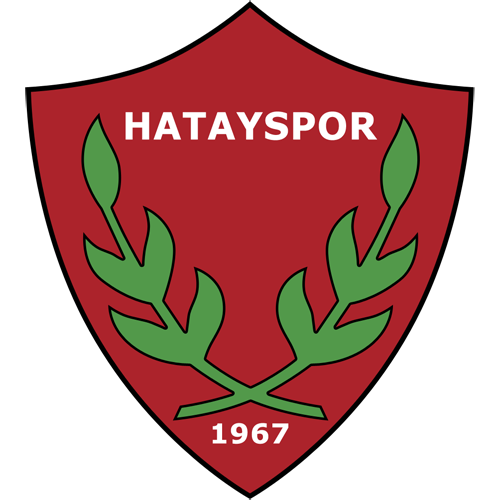The text below outlines the outline of a classic kız isteme ceremony. Of course, there are variations depending on the region and customs.
But what could that possibly mean? Kız: the girl, isteme: to want, “to want the girl”? The kız isteme is equivalent to a marriage proposal. It is a staple of the wedding season in Turkey. Whether conservative or modern, rural or urban families, the kız isteme remains a fundamental Turkish tradition in 2022.
A bit of vocabulary:
damat: the groom (also used to refer to the son-in-law),
gelin: the bride (also used to refer to the daughter-in-law),
aday: candidate,
damat adayı / gelin adayı: future married,
söz / nişan: promise / engagement (separate celebrations in the past, very often joined nowadays),
çeyiz: wedding trousseau,
abi: “big brother”, can be used for an older man, whether he is related or not.
Getting married in Turkey may seem easy and quick… But it is actually a journey full of pitfalls… and formalities! Anyone who would think that two people who wish to unite civilly can do so freely, simply by informing their respective families. This is not at all the case in the vast majority of Turkish families, where the consent of the families is orchestrated via a well-rehearsed staging, the first chapter of which is called the kız isteme, a traditional ceremony during which the family of the Damat Adayı goes to Gelin Adayı’s family to ask for her hand.
Indeed, once the future spouses agree to marry, their families must meet to give their consent. It is possible (often in modern families) that the families meet for the first time at the restaurant for example, for a dinner, before the organization of the kız isteme. But most of the time, the kız isteme remains the first meeting between the two families. During this ceremony, in principle only the immediate family is present, however, it is common for the damat adayı and the gelin adayı to invite their friend. the closest.
Gifts and presentations
The family of the damat adayı must bring gifts for the family of the gelin adayı. In general, this is a bouquet of flowers (the larger the bouquet, the greater the attention given to the gelin), chocolates, which will often be placed in silverware (a sign of financial well-being ). Depending on their region of origin, local specialties can be brought.
It is possible that the nişan (betrothal) takes place on the same day as the kız isteme, in which case the family of the groom can bring what is called the çeyiz sandığı*, which corresponds to a large box in which is stored household linen – tablecloths, sheets etc. for the future home of the spouses. Nowadays, it is quite common for the gelin adayı to go shopping for çeyiz with her mother-in-law. It should come as no surprise if the mother-in-law imposes on her future daughter-in-law the purchase of a satin nightgown for the wedding night… this is considered completely normal!
Turkish coffee (salty of course!)
After the introductions, the two families sit in the living room (in a circle). The tradition is that the gelin adayı prepares Turkish coffee for the whole assembly. It is customary for the coffee served at damat adayı to be salty (or even peppery, vinegary – all crazy ideas are welcome)!
This is a test for the future gelin: if the future damat drinks the coffee, it is a sign that he will be able to spend his life with her. For the rest of the guests, the gelin must take care that the coffee is good. A gelin adayı that makes good coffee is a potential good gelin in the future…
Coffees should be served to older people first.
Once the introductions have been made and the coffee served, it’s time for the speeches.
The speeches (the patriarch or his figure) and the agreement
The gelin adayı and the damat adayı sit side by side.
In general, the father of the damat adayı speaks first (failing that the uncle, older brother – or even an abi of the family), to discuss the future union of the couple. He recalls that the couple got along, which is why they all meet that day.
The religious phrase: “Allah’ın emri, Peygamber’in kavliyle kızınızı oğlumuza istiyoruz” (“according to the prescription of God and the word of the Prophet, we ask your daughter for our son”) is then pronounced.
The father of the gelin then speaks (it is possible that he will ask his daughter for confirmation of his intention to marry). And after having asked their agreement to the bride and groom, the latter are declared “authorized” to marry.
In more conservative families, often in eastern Turkey, it will be a question of talking about dowries (it is not uncommon for families to disagree).
At the end of the speeches, the gelin adayı and the damat adayı stand up to kiss the hands of the elderly in the assembly, and distribute chocolates.
At this point, the pressure can be released, it’s time to relax… everyone can enjoy the often opulent buffet.
It is common for the kız isteme to be followed, on the same day, by the söz/nişan (ceremony during which rings* brought on a tray – tied together by a red ribbon – are exchanged). The nişan is celebrated in the evening like a wedding, but in a small committee (it is in principle supported financially by the family of the future bride)**.
After the kız isteme ceremony, it is common to hear the friends of the gelin adayı say “kızımızı verdik gitti”, which could be translated as “we gave our daughter, she left”, a terminology that can seem strange when you are not familiar with Turkish traditions.
In some rural areas, it happens that some families do not give their consent from the first visit: the family of the gelin adayı wants to be sure of the true motivations of the suitor and his family, who have to come back a second time.
Getting married in Turkey thus seems to be above all a contract between two families, then between the spouses.




Comments are closed